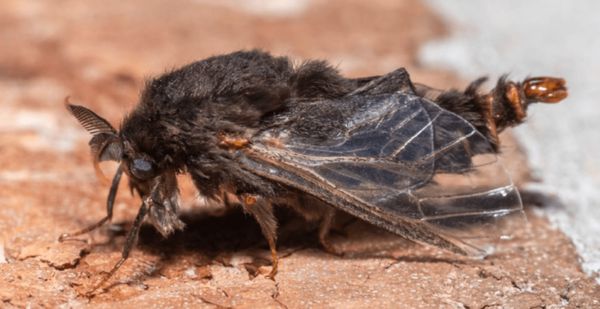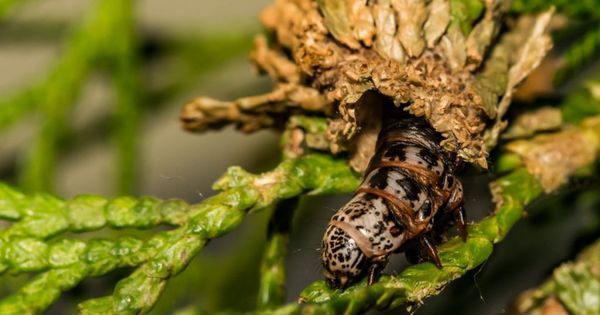
In the world of tree pests, few are as notorious as the Evergreen Bagworm. These deceptive creatures may appear harmless, but they can wreak havoc on your beloved trees if left unchecked. Don’t worry, though – there are ways to save your trees and keep them healthy. Let’s dive into understanding this silent threat.
Meet the Evergreen Bagworm
Contrary to its name, the Evergreen Bagworm is not a worm at all. It is actually a moth in its larval stage. These small pests belong to the family Psychidae and can cause significant damage to both evergreen and deciduous trees. They construct distinctive protective casings around themselves using plant debris and silk, resembling small bags hanging from tree branches.

Understanding the Life Cycle
To effectively manage and control Evergreen Bagworm infestations, it’s essential to understand their life cycle. Female adult moths lay their eggs inside their bags, which they leave hanging on trees before passing away. These eggs remain dormant throughout the winter and hatch in late spring or early summer, giving birth to tiny larvae.
The newly hatched larvae venture out in search of a suitable host tree and begin building their bags using silk they produce. As they grow, they periodically emerge to add more plant debris to their bags, making them larger and more noticeable. By late summer or early fall, the larvae reach their final instar and become ready to pupate.
Hidden inside their bags, the larvae transform into adult moths. After about two weeks, the adult moths crawl out of the bags and females stay close to the original tree, while males fly off in search of mates.

The Destructive Nature
While Evergreen Bagworms may seem harmless, they are voracious eaters that can seriously harm trees if left uncontrolled. They feast on the foliage, hindering the tree’s ability to produce nutrients through photosynthesis. This feeding activity weakens the tree, making it more vulnerable to other pests and diseases. If not treated, Evergreen Bagworms can even lead to tree decline and death.
Managing Infestations
To protect your trees from the destructive nature of Evergreen Bagworms, it’s crucial to take prompt and efficient action. Here are some strategies to consider:
Maintain Healthy Trees
Prevention is key when it comes to Evergreen Bagworms. By practicing good tree care, you can reduce the chances of infestation and improve tree health. Here’s what you can do:
- Regularly inspect your trees for bags hanging from branches, a sign of bagworm infestation.
- Prune and remove any bags you find, especially during winter when the eggs lie dormant.
- Encourage natural predators like birds and parasitoid wasps by providing suitable habitats through birdhouses and flowering plants.
- Ensure your trees receive proper nutrition and irrigation to keep them healthy and resilient against infestations.
By keeping your trees healthy and taking preventive measures, you can safeguard them against the silent threat of Evergreen Bagworms.
The Bottom Line
Though the Evergreen Bagworm may be tiny and barely noticeable, it has the power to silently kill trees. By understanding their life cycle, recognizing their destructiveness, and implementing good management practices, you can defend your trees from these sly intruders.
Regular inspections, preventative measures, and maintaining healthy trees will go a long way in stopping infestations and preserving the beauty and vitality of your landscape. Don’t let the silent threat of Evergreen Bagworms take away the joy your trees bring. Act now to protect them.






